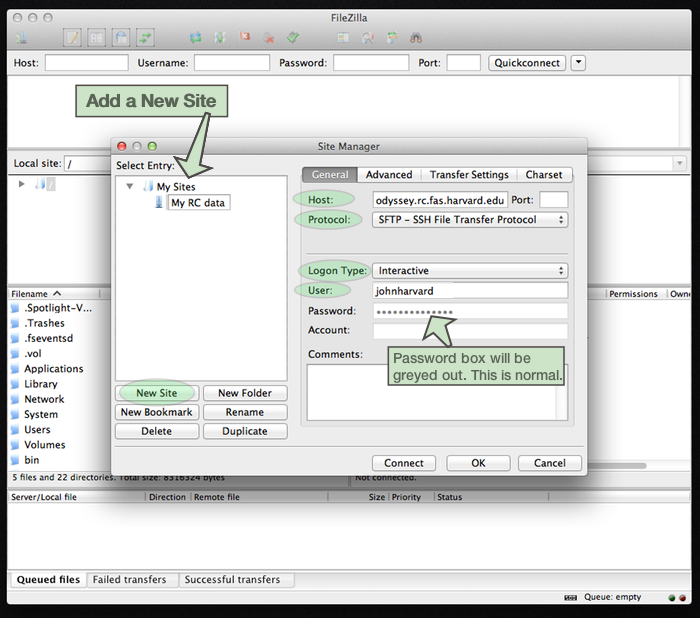

To see how to install MacPorts and PuTTY, see here. If you already have the brew command installed, the best way to install PuTTY is to use the following command: brew install putty Installation using MacPorts You can now use the key for logins from scripts and command line with: ssh -i privatekey.pem Ported PuTTY for Mac It should only be readable by the user that owns it. Make sure permissions on the private key file are set properly. ppk format private key to a standard PEM format private key: puttygen privatekey.ppk -O private-openssh -o privatekey.pem Then, use the following command to convert the. This will also install the command-line version of puttygen, the PuTTY key generator tool. ppk format private key and want to use it with the built-in OpenSSH on Mac on the command line or in scripts, you can use the following commands.įirst, install PuTTY for Mac using brew install putty or port install putty (see below). How to use PuTTY SSH keys with the built-in OpenSSH This is recommended for users who are not accustomed to using a command line. This opens a graphical dialog asking for the host to connect to and the user name. The second option is to select New Remote Connection. Running SSH with a graphical user interface This is more familiar for Linux and Unix users who are used to using a command line. The first approach is to type ssh hostname or ssh into the terminal window. Once you have the terminal window open, you have two alternatives. Running SSH from the terminal command line Terminal can be used to get a local terminal window, and also supports SSH connections to remote servers. To use it, goto Finder, and selext Go -> Utilities from the top menu. Mac OS X includes a command-line SSH client as part of the operating system. Contents Using the built-in SSH client in Mac OS X Running SSH from the terminal command line Running SSH with a graphical user interface How to use PuTTY SSH keys with the built-in OpenSSH Ported PuTTY for Mac Installation using HomeBrew Installation using MacPorts Alternatives to PuTTY on the Mac Using the built-in SSH client in Mac OS X


 0 kommentar(er)
0 kommentar(er)
